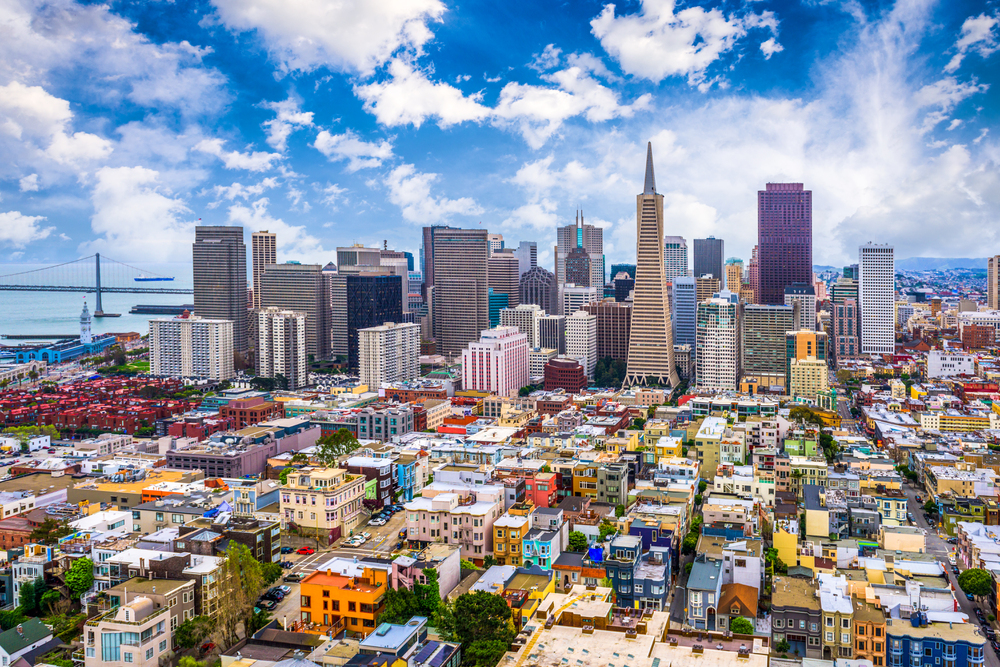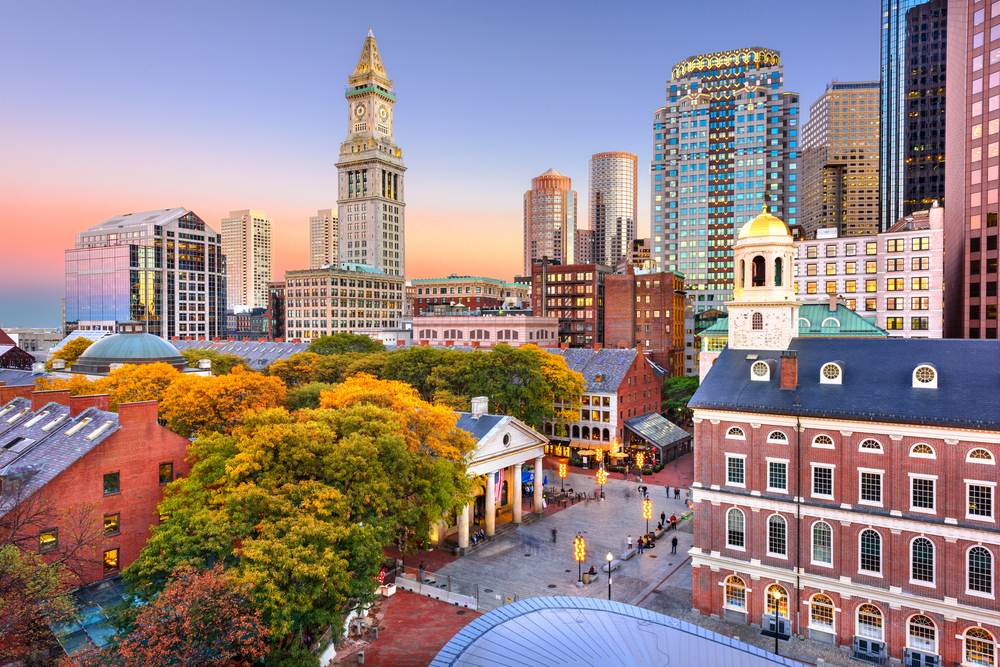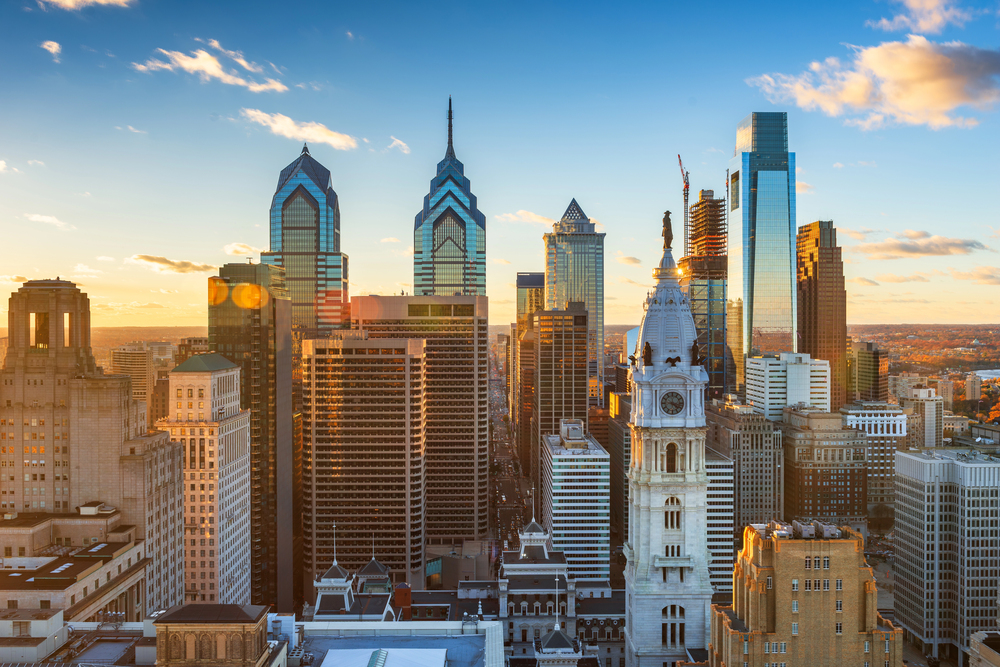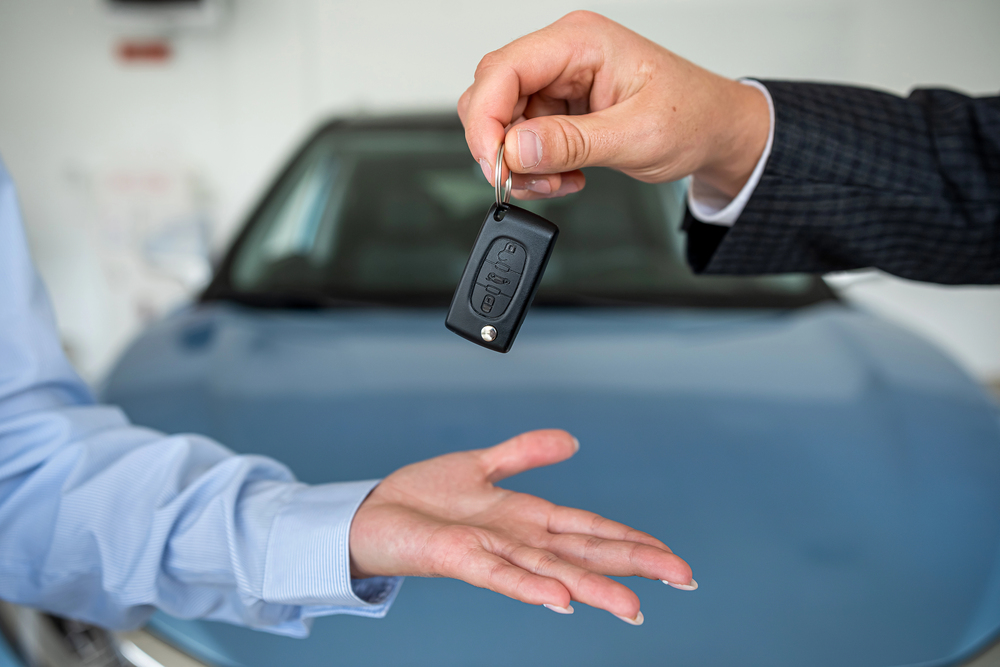Top Cities Where Renting a Car Is a Waste
Cities Where Renting a Car Is a Waste of Time and Money
There’s something liberating about landing in a new city and realizing you don’t need to deal with the rental car counter. No haggling over insurance add-ons, no circling parking garages for 20 minutes, no stress about navigating unfamiliar streets. In some American cities, renting a car isn’t just unnecessary—it’s genuinely a waste of your hard-earned cash.
The average weekly car rental in the U.S. hovers around $670, and that’s before you factor in parking fees that can easily run $30 to $50 per day in major metros, plus gas, tolls, and the mental energy spent finding a spot. Meanwhile, certain cities have invested billions in public transit, walkable infrastructure, and bike-share programs that make getting around cheaper, faster, and frankly more enjoyable than driving. These aren’t just transit-friendly destinations—they’re places where a rental car becomes an expensive paperweight.
Here’s a closer look at the cities where you should skip the rental lot entirely.
New York City

With a Walk Score of 88 and the most extensive public transit network in North America, New York City practically dares you to rent a car. The subway system alone operates 472 stations across four boroughs, running 24 hours a day. In 2023, more than 1.1 billion people rode the subway, and another 340 million took the bus—numbers that speak to how deeply woven public transit is into the city’s DNA. Parking in Manhattan can cost upwards of $50 per day at garages, and street parking is a competitive sport most visitors won’t win. Traffic moves at an average speed of about 7 miles per hour in Midtown during rush hours, which means you’d literally walk faster. The city’s 20,000-bike Citi Bike system offers unlimited 30-minute rides for day passes, and the subway will get you from the Upper West Side to Brooklyn in less time than it takes to find parking. A rental car here isn’t just wasteful—it’s a liability.
San Francisco

San Francisco earned its Walk Score of 89 for good reason. The city’s compact 7-by-7-mile layout means most neighborhoods flow into each other naturally, and the public transit system—a mix of historic cable cars, buses, and the BART subway—connects virtually everything worth seeing. Bay Wheels, the region’s bike-share program, operates over 500 docking stations throughout San Francisco, Oakland, and San Jose. Parking in San Francisco is notoriously expensive and scarce. Downtown garages charge $40 or more per day, and the city’s famously steep hills make driving more stressful than scenic. The hilly terrain that intimidates some cyclists becomes a non-issue with the electric-assist bikes available through Bay Wheels. Tourists often rent cars thinking they’ll need them for Fisherman’s Wharf or Golden Gate Park, but both are easily accessible via Muni buses or bike paths. Save the rental fees for sourdough bread and Ghirardelli chocolate instead.
Boston

Boston’s Walk Score of 83 reflects a city designed long before cars existed. The narrow, winding streets that make Boston charming also make driving a headache. The Massachusetts Bay Transportation Authority—affectionately called the ‘T’—operates the oldest subway system in America, with 153 train and subway stations that connect downtown Boston to Cambridge, Quincy, Newton, and most surrounding suburbs. The city’s five color-coded subway lines make navigation intuitive even for first-time visitors. Over 171 bus routes supplement the rail system, and Boston’s relatively compact downtown means most historic sites sit within walking distance of each other. Parking near Fenway Park or the North End costs a premium, and the city’s aggressive parking enforcement doesn’t mess around. Boston winters might seem daunting, but the T runs year-round, and the sidewalks stay remarkably clear. A rental car here means paying $600-plus weekly for the privilege of sitting in traffic on streets that were barely wide enough for horse-drawn carriages.
Washington D.C.

The nation’s capital earned its Walk Score of 77 through deliberate urban planning and a Metro system that’s both comprehensive and easy to navigate. The Washington Metropolitan Area Transit Authority operates rail service throughout Virginia, Maryland, and the District itself, with 25 different routes ensuring accessibility no matter where you’re staying. The system opened in 1976 and has become the lifeblood of commuters and tourists alike. Many of D.C.’s major attractions—the National Mall, Smithsonian museums, monuments—cluster within walkable distances. The Metro stations place you steps away from nearly every landmark worth visiting. Arlington, just across the river, offers the same transit access without D.C.’s hotel prices. Capital Bikeshare adds another layer of mobility with docking stations throughout the metro area. Parking near the Capitol or White House costs roughly $30 per day, assuming you find it. The average commute time on public transit runs about 49 minutes, but that’s time spent reading or scrolling instead of white-knuckling a steering wheel through roundabouts.
Chicago

Chicago’s Walk Score of 77 and its legendary ‘L’ train system make it one of the Midwest’s most car-optional cities. The elevated train network, supplemented by buses and Metra commuter rails, covers the Loop, Wicker Park, Lakeview, and outlying neighborhoods with remarkable efficiency. Divvy, Chicago’s bike-share program, has become so popular that users report saving money compared to other transportation methods. The city’s grid layout makes navigation straightforward, and the 18-mile Lakefront Trail offers a scenic route for cyclists and pedestrians. Downtown parking costs $35 to $45 per day, and winter driving comes with its own set of challenges that locals barely tolerate, let alone tourists. Chicago’s public transit might not be as extensive as New York’s, but it’s far more than adequate for anyone visiting the Art Institute, Navy Pier, or catching a Cubs game at Wrigley Field. The money you’d spend on a rental car buys a lot of deep-dish pizza.
Philadelphia

Philadelphia’s Walk Score of 75 and its grid-like layout make it wonderfully navigable without wheels. The Southeastern Pennsylvania Transportation Authority operates over 120 bus routes plus subways, elevated trains, and trolleys that service the city and five surrounding counties. The transit system connects major neighborhoods like Center City, Old City, and University City with ease. History buffs flock to Philadelphia for the Liberty Bell, Independence Hall, and countless Revolutionary War sites—most of which sit within a compact, walkable area. The city’s public transit extends to regional rail that connects to New York City and Washington D.C., meaning you can visit multiple East Coast destinations without ever sitting in a driver’s seat. Rental cars in Philadelphia average around $500 to $600 weekly, and parking near popular areas like the Italian Market or Reading Terminal Market runs $25 to $35 daily. That’s money better spent on cheesesteaks, pretzels, and admission to the Philadelphia Museum of Art.
Seattle

Seattle’s Walk Score of 74 reflects a city that’s worked hard to reduce car dependency. The transit network includes 22 routes of buses and light rail connecting neighborhoods from Capitol Hill to Belltown. The city’s relatively compact downtown and waterfront areas encourage walking, while the expanding light rail system continues to add stations that make car ownership increasingly optional. Seattle does present some challenges—the hilly terrain and frequent rain—but the transit system accounts for both. Covered bus stops and climate-controlled light rail stations make rainy commutes manageable. The average transit rider spends about 47 minutes commuting, which sounds long until you factor in Seattle’s notorious traffic congestion. Parking downtown costs $30 to $40 per day, and many neighborhoods implement residential parking zones that visitors can’t access. Pike Place Market, the Space Needle, and the waterfront are all transit-accessible. The money saved on a rental car buys several excellent cups of coffee in a city that takes its caffeine seriously.
Miami

Miami’s Walk Score of 77 might surprise people who picture Florida as car country, but neighborhoods like South Beach, Brickell, and Wynwood have evolved into dense, walkable areas. The Metrorail and Metromover systems connect key districts, while the year-round warm weather makes walking and biking genuinely pleasant most days. Miami Beach specifically offers a beachfront promenade perfect for pedestrians and cyclists. DecoBike launched Miami Beach’s bike-share program with solar-powered stations throughout the area, giving residents and tourists an affordable way to move between hotels, beaches, and restaurants. South Beach’s Art Deco district packs dozens of architectural gems into walkable blocks. Even mainland Miami has developed mixed-use areas where cars become more burden than a benefit. The city’s relatively affordable car rental rates—among the lowest nationally—might tempt some visitors, but parking fees quickly erase any savings. Beach parking alone can run $20 to $30, and finding a spot during peak season requires either luck or patience most people don’t have.
Portland

Portland delivers both accessibility and affordability for car-free living. The city’s downtown and eastside neighborhoods are exceptionally walkable, filled with indie coffee shops, food trucks, and bike lanes on nearly every corner. Portland’s public transit network rarely requires a car, and the city’s bike culture runs so deep that cycling often beats driving for speed and convenience. The MAX light rail connects downtown to the airport and surrounding suburbs, while an extensive bus network fills in the gaps. Portland’s relatively flat terrain and mild climate make it ideal for cyclists, though the city’s famous rain does require a good jacket. Parking downtown costs $20 to $30 per day, but more significantly, Portland’s layout simply doesn’t demand a car the way sprawling Sun Belt cities do. The money saved on a rental—typically $500 to $600 weekly—buys a lot of artisanal donuts and craft beer.
Minneapolis

Minneapolis has invested in walkability and cycling infrastructure more aggressively than most Midwestern cities its size. The Metro Transit system offers both bus and light rail service throughout the city, and the elevated Minneapolis Skyway connects roughly 80 city blocks with climate-controlled walkways—a godsend during brutal winters. The city’s dense neighborhoods and abundant parks sit within easy reach of public transit. Nice Ride Minnesota, the local bike-share program, operates year-round and has logged hundreds of thousands of trips since launching in 2010. The program explicitly aims to reduce vehicle congestion and fossil fuel dependence while encouraging residents to interact with their city differently. Winter weather might seem like a deal-breaker for walking or cycling, but Minneapolitans have adapted with impressive infrastructure—heated bus shelters, well-plowed sidewalks, and light rail that runs regardless of snow. Rental cars here cost $500 to $650 weekly, plus parking fees that climb during Vikings games or events at Target Field.
Where the Savings Really Add Up

Looking at pure numbers makes the case even clearer. A week-long car rental averages $670 nationally, but cities like Chicago see rates above $700, and airport locations in places like New York can exceed $2,000 for premium providers. Add daily parking ($30-50), gas ($40-60 for a week of city driving), potential toll fees, and insurance if your credit card doesn’t cover it, and you’re easily spending $900 to $1,200 weekly. Compare that to public transit. A seven-day unlimited MetroCard in New York costs $34. Chicago’s seven-day CTA pass runs $28. Boston’s weekly LinkPass costs $22.50. Most bike-share programs offer day passes for under $10 or weekly rates under $25. Even combining transit passes with occasional rideshares for late-night trips or heavy luggage situations costs a fraction of a rental car’s total expense.
The Broader Picture Matters Too
The broader picture matters too. Cities with strong public transit and walkable infrastructure offer something rental cars can’t—the chance to actually experience a place rather than just see it through a windshield. You notice the architecture, stumble into unexpected cafes, and interact with locals in ways that driving simply doesn’t allow. There’s a reason tourists in Manhattan or San Francisco who rent cars often regret it halfway through their trip.
The Reality of Modern Urban Travel

American cities have spent decades rebuilding their transit infrastructure after the mid-century car boom nearly destroyed it. Billions in federal and local funding have gone toward expanding subway lines, improving bus frequency, and creating protected bike lanes. These investments have paid off in cities that now function better without cars than with them. The rental car industry has adapted slowly to this reality. Companies still position airport locations as the default option, even when downtown transit connections make more sense. The industry saw record profits during the pandemic when car inventory was scarce, but as fleets normalize and urban transit rebounds, travelers are increasingly questioning whether they need a rental at all. In truly transit-rich cities, the answer is usually no.
More from Travel Pug

Underrated Italian Towns That Beat the Tourist Crowds
Las Vegas Tourist Traps to Skip
Prettiest Towns in Every US State
18 passport-free countries for Americans
Signs Your Cruise Is Not Worth The Cost
Post a Comment for "Top Cities Where Renting a Car Is a Waste"
Post a Comment